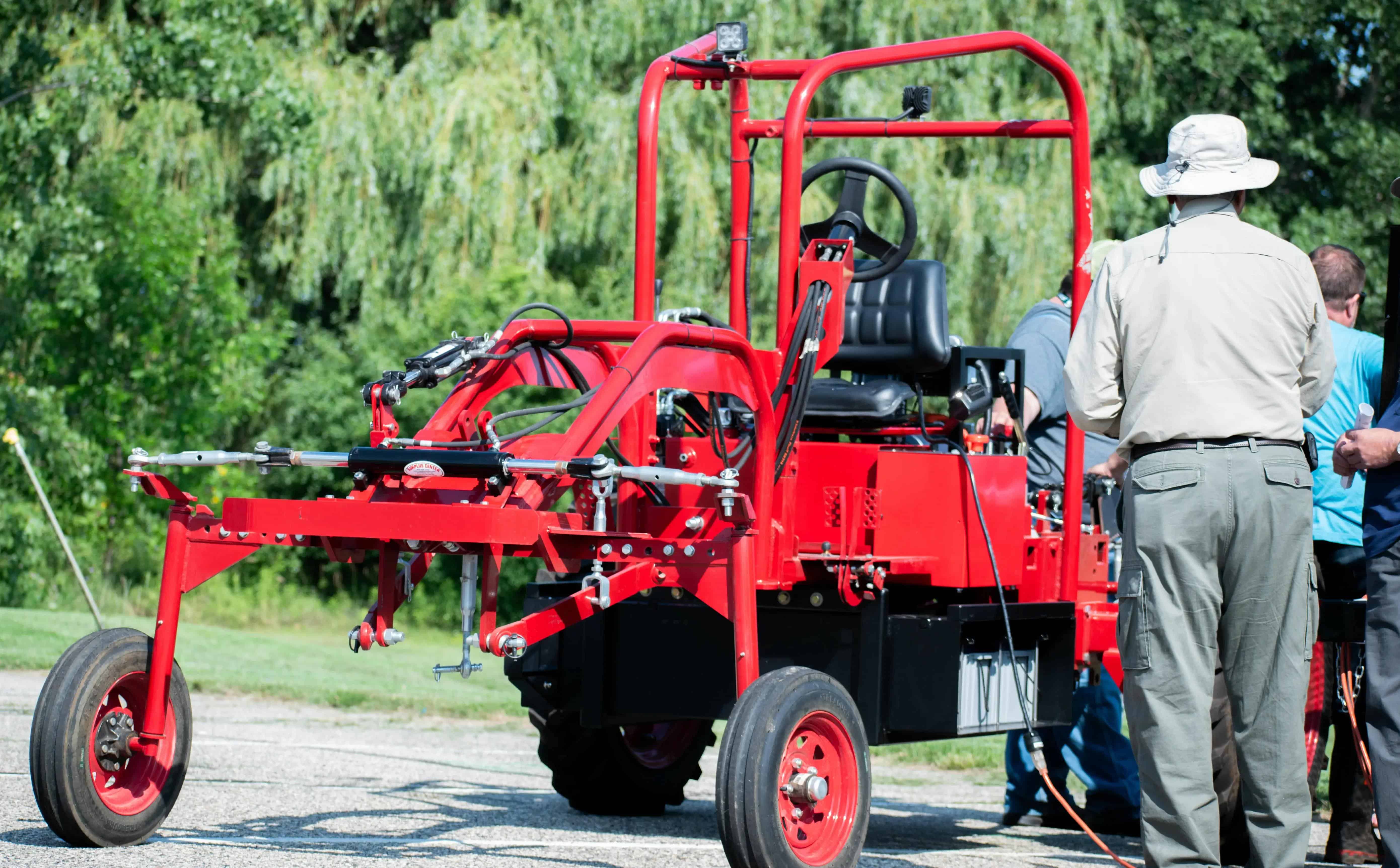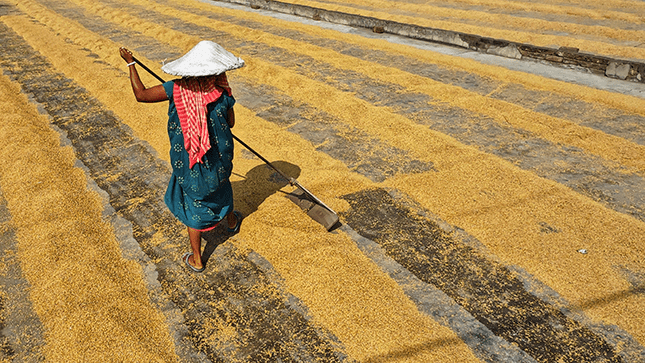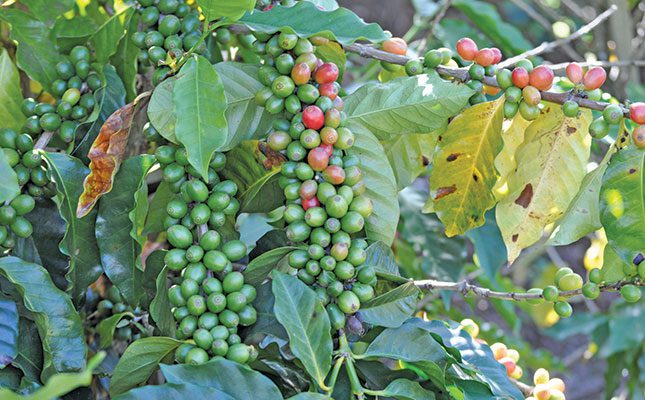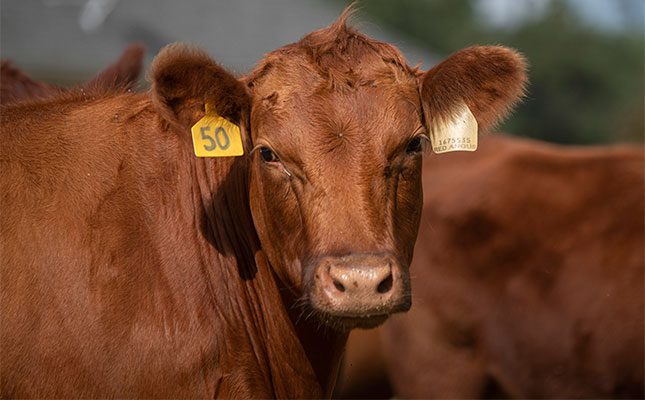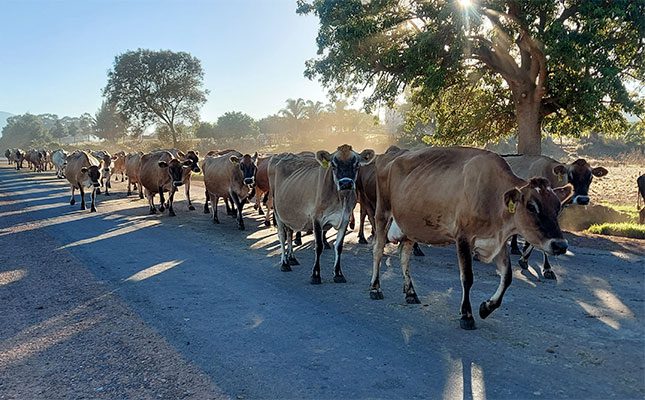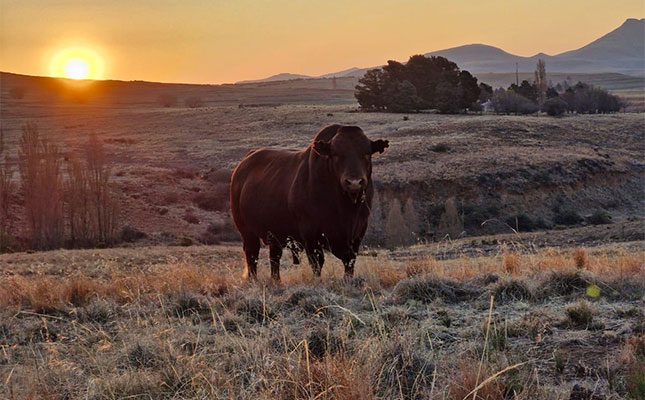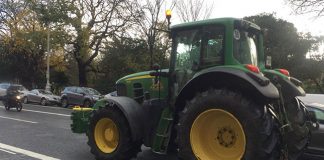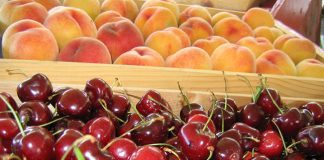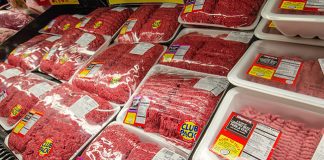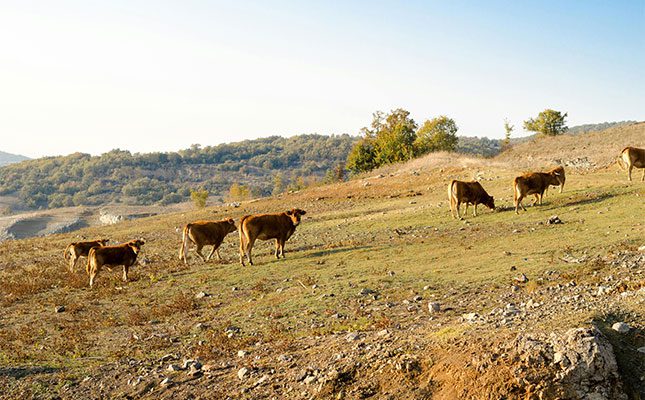
Photo: Pixels | Julia Sakelli
In its new ‘Vision for Agriculture and Food’ document, released last week, the EC said it would present a simplification package that would “contribute to the competitiveness of farmers” while preserving its contribution to “societal objectives”.
According to the document, the livestock sector was particularly vulnerable to different shocks and global competition.
The Agriland.ie website reported that due to the high standards in the EU, European livestock farmers were required to be world leaders, “but their efforts are not reciprocated globally, where they compete on an uneven playing field”.
The document stated that meeting these standards also came at a cost, which the market did not always reward.
“Livestock is and will remain an essential part of EU agriculture, competitiveness and cohesion.
“Sustainable livestock is crucial for the EU economy, viability of rural areas and preservation of the environment and of rural landscapes,” it said.
The EC stressed, however, that a “long-term vision” would be required for the sector, which respected the diversity and sustainability of livestock production across Europe.
In order to protect the sector, a one-size-fits-all approach would not work. Instead, targeted, territorial solutions were necessary to ensure the sector’s competitiveness and sustainability.
“A powerful drive could be given by designing conductive conditions for the development of an ‘excellence livestock production chain’,” according to the document.
The commission also expressed its commitment to launching a “work stream on livestock” to develop various policy “pathways” for the sector.
Among the policy pathways outlined was “a diagnosis of the sector’s challenges, including global competition”.
“Appropriate tools” for the sector and, “where justified, reciprocity measures” were further policies proposed.
According to the document, ways to address the sector’s climate and environment footprint would also be addressed.
This would include ways to validate “the link between livestock production and maintenance of environment- and climate-valuable grasslands, through more extensive livestock systems beneficial to the preservation of biodiversity and landscapes”.
Advancing investment, technological development, and innovation, as well as enhancing the development of sustainable production models, where further aspects highlighted for the proposed work stream.
This would ultimately serve as the basis for the development of a “toolbox” of tailored measures to support the sector in its efforts to reduce emissions, the Agrialnd.ie report said.
While the Common Agricultural Policy (CAP) would assess how to support farmers in reducing greenhouse gas emissions from their livestock activities in the future, special attention had to be given to improving nutrient management at farm level and increasing “nutrients circularity”, the document said.
“A key aspect of this would be the management and control of nutrients from livestock farming to limit negative externalities, support extensification in regions with high livestock concentrations, and promote circularity which can help reduce the use of synthetic fertilisers.”

